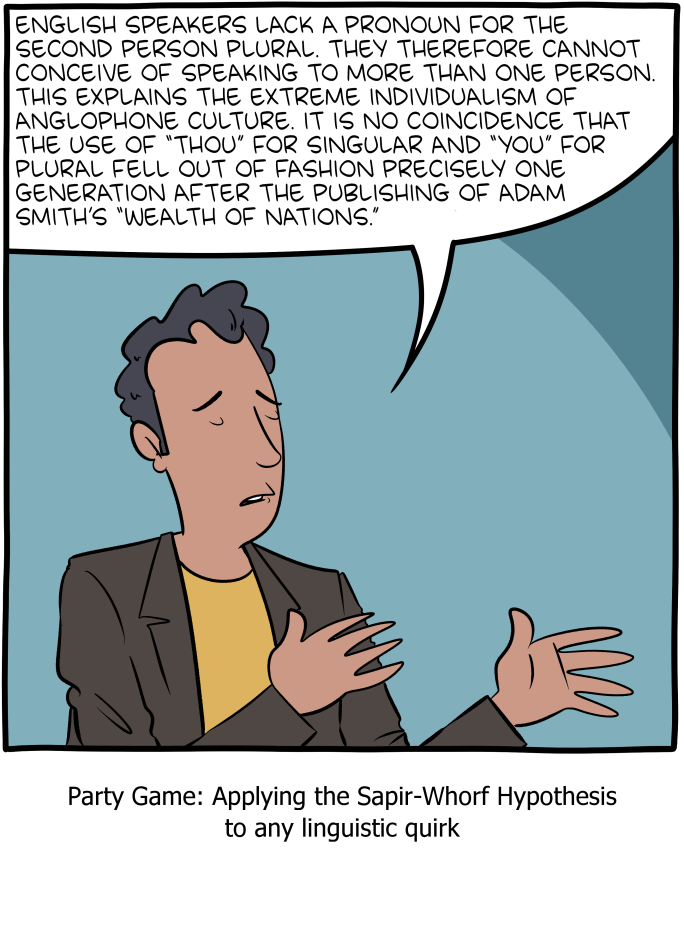Historical dialectology and the Poetry Classic
[This is a guest post by John Carlyle written in response to the following comment by E. Bruce Brooks to "Similes for female pulchritude in an ancient Chinese poem" (7/1/20):
The formation of the Shr* corpus is currently under serious study, and it can be said with some certainty at this preliminary stage that this particular poem was added to the growing Shr collection at the end of the 05c. How much older it may be, in its own country (Wei) will depend on scrutiny of its dialect position: some of the poems from that area show traces of (original) local pronunciation; others do not. Stay tuned.
*Shījīng 詩經, aka Poetry Classic, Classic of Poetry, Shijing, Shih-ching, Book of Songs, Book of Odes, Odes, or Poetry.]
There is justification that Wey's 衛 dialect position might suggest something about the age of some of the poems in the Wey airs. The dialect position of Wey is better understood for the later period. What that might suggest about earlier poetry is still not clear. I'll try to give a quick summary of what we know so far.
At least by the time of Fangyan 《方言》, Wey belonged to an eastern group of Chinese dialects. The exact limits of this eastern group are not entirely settled nor are the phonological features shared by the group since studies of Fangyan are primarily lexical. Since the time of Lin Yutang's (1927) first approximation of Fangyan dialect boundaries, the dialects of Wey and Song have been grouped together. Later scholars also included neighboring states like Qi (but not "Eastern Qi") and Lu. More recently, Matsue Takashi (1999, 2006, 2013) argues that the eastern group's boundaries extent as far as Chen and that the dialect of Chen was a transitional dialect between the eastern and southern groups due to Chu incursion (2006, 2013).
Read the rest of this entry »





 More than a decade ago, I posted about the oratorial skills of George Whitefield: "
More than a decade ago, I posted about the oratorial skills of George Whitefield: "